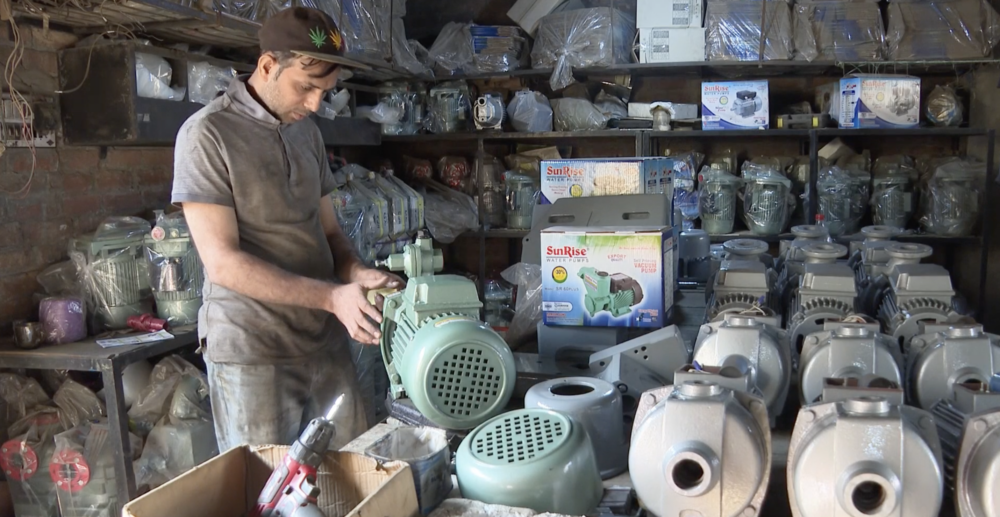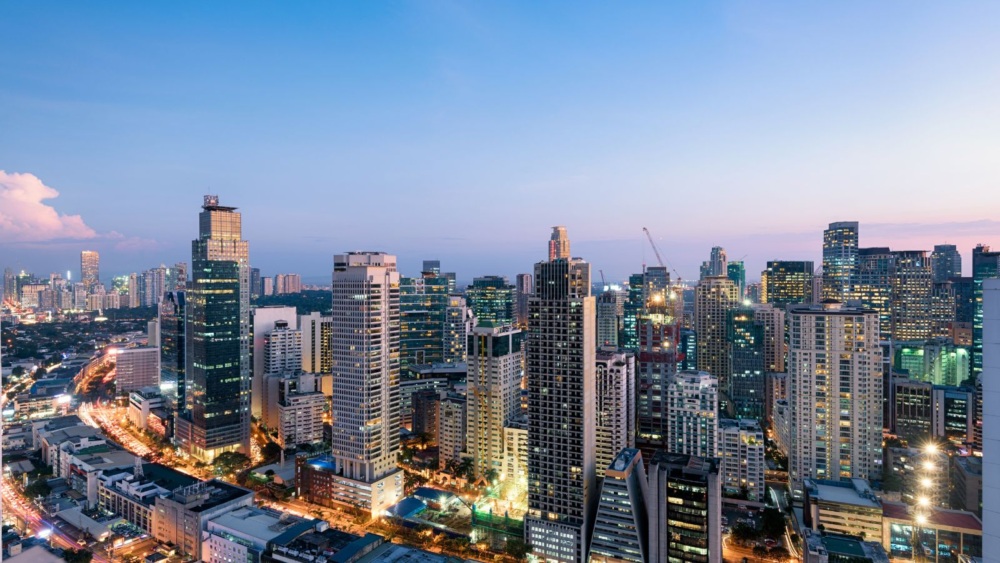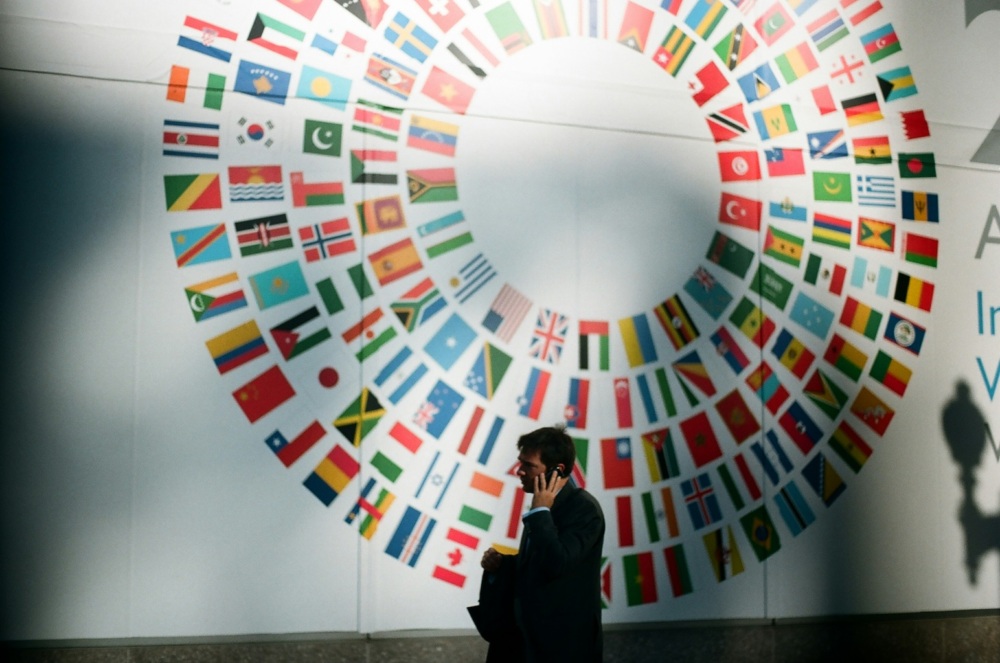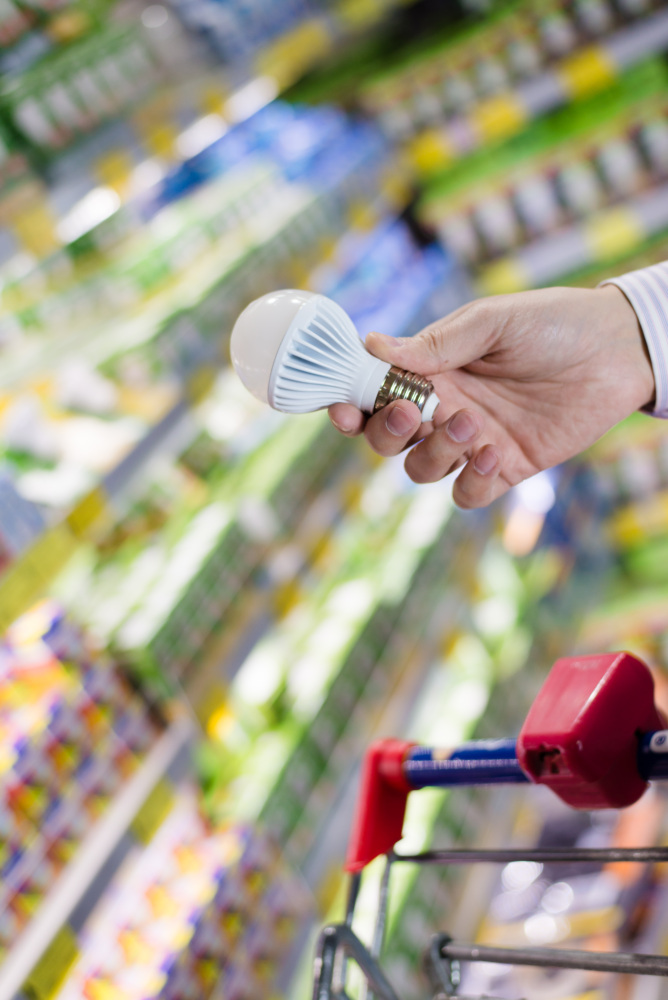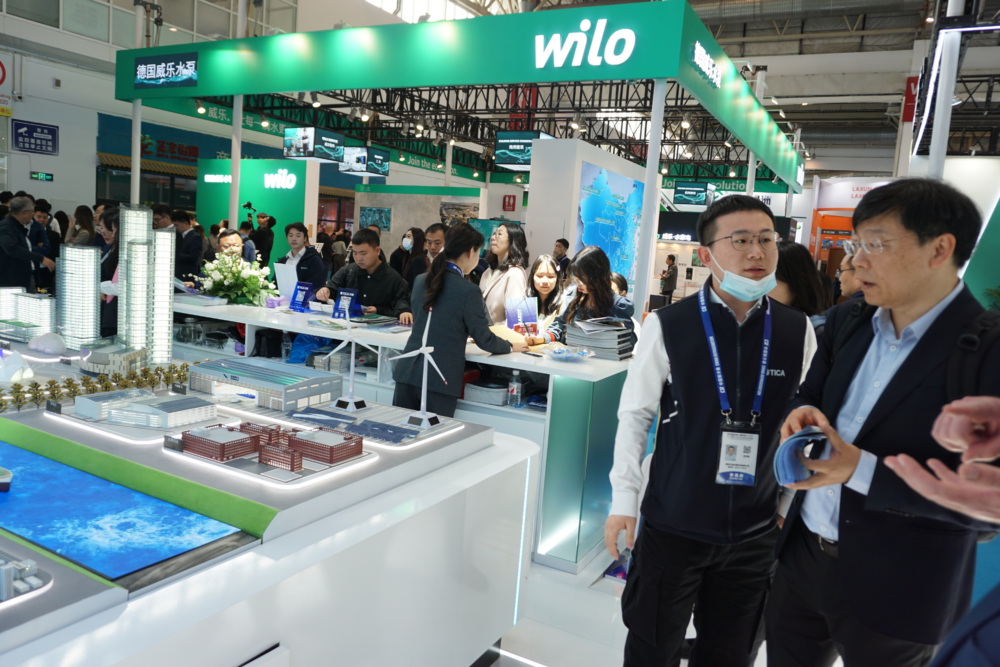LED Manufacturers Join Forces with the Clean Lighting Coalition
The CLASP-coordinated Clean Lighting Coalition brings together 37 LED companies across 17 countries to demonstrate market readiness for a global transition to clean, energy-efficient LED lighting.
The Clean Lighting Coalition (CLiC) private sector partners are demonstrating market readiness for a global transition to clean, energy efficient LED lighting by supporting the end of exemptions for mercury-containing fluorescent lighting products under the United Nations Minamata Convention on Mercury.
“The technological advancements in LED lighting over the past decade have far surpassed even the most advanced mercury-containing fluorescent bulbs,” says Professor Shuji Nakamura, Nobel Prize for Physics (2014), Inventor of Blue Light LED. Today, LED retrofit bulbs are readily available across global markets, providing an efficient, safer and mercury-free lighting alternative to fluorescents in virtually all applications.
The Clean Lighting Coalition (CLiC), coordinated by CLASP, brings together LED manufacturers, distributors, associations, and other vital stakeholders to prove market readiness for the global transition to clean, cost-effective LED lighting. CLiC supports the proposed amendment by the Africa region to the Minamata Convention on Mercury to eliminate special exemptions for mercury in general illumination lighting products. Our industry partners provide the strong market push needed to drive the LED shift.
“With the proposed amendment to the Minamata Convention and implementation of national-level regulations to phase-out fluorescent lighting by 2025, countries can accelerate the transition to LED lighting technology to benefit people and the planet,” explains Professor Nakamura.
Spotlight on growing industry partners
“By joining the coalition, industry partners make a strong and unequivocal statement to policy makers that the global transition to clean lighting is possible today,” explains Nyamolo Abagi, the Coalition’s Industry Lead. “The lighting industry has invested heavily and is continuously innovating in the development of clean affordable lighting, making the exemption for mercury containing fluorescent lights under the Minamata Convention unnecessary.”
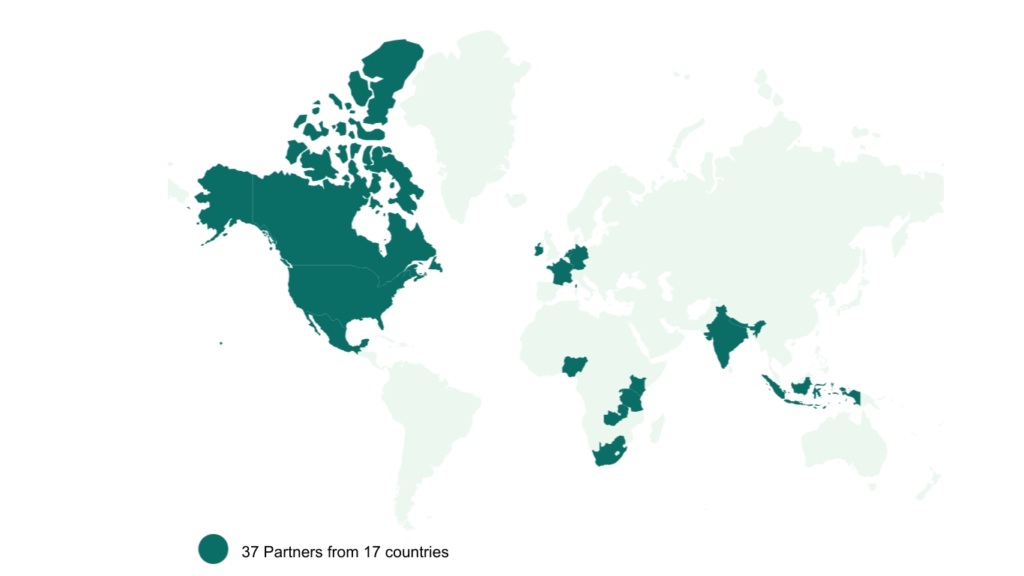
The Coalition’s growing list of private sector partners consists of 37 companies in 17 countries across Asia, Africa, Europe, and North America. This diverse list of partners includes Lumileds, a global lighting solutions company with research, development, and manufacturing facilities that employ approximately 7,000 team members in over 30 countries; Sahasra, an early innovator in local manufacturing of high-quality LEDs in Africa operating a subsidiary of its Indian headquarters in Rwanda; renowned manufacturer Panasonic’s India Anchorbrand, the DesignLights Consortium (DLC), a non-profit energy efficiency organization that evaluates commercial and industrial LED lighting products and maintains a list of over 500,000 products from over 1700 global suppliers for use in North America, and Golchha Group Nepal’s most prominent business conglomerate.
Clean Lighting Coalition industry partners lead the global lighting transition to LED
The Coalition provides an opportunity for the lighting community and private sector partners to publicly commit to supporting the global transition to clean, energy-efficient LED lighting to ensure the following benefits:
- Human Health – All fluorescent lamps contain mercury, a neurotoxin that is released whenever a bulb breaks. Lamp breakage can occur in homes, schools, child care settings, office and apartment buildings, retail stores, factories, health care, and other facilities. Mercury can cause harmful and long-term health effects; there is no “safe” level of mercury exposure.
- Diversity, Equity, and Inclusion – Without intervention, a global transition to clean LED lighting may take years due to the lobbying efforts of fluorescent lamp suppliers. Industry partners are bridging the gap between production and access to prevent under-regulated markets from becoming dumping grounds for outdated, mercury-laden fluorescents banned elsewhere.
- Climate and Environmental Health – A global transition to LED lighting is low-hanging fruit for climate change mitigation. Such a transition could support efforts to limit global warming to the UN target 1.5 Celsius. Transitioning to energy-efficient LEDs would eliminate 232 tonnes of mercury pollution from the environment, both from the bulbs themselves and avoided burning coal in power plants, and save 3.5 gigatons of CO₂ emissions from power plants (cumulatively between 2025-2050)
- Circular Economy – LEDs last 2-3 times longer than fluorescent alternatives and do not contain hazardous mercury, making them safer to dispose of at their end of life. Accelerating the adoption of LED products is estimated to reduce global energy consumption by 3%.
- Economics – LEDs are a cost-effective replacement for fluorescents. Consumers can find replacements for fluorescent bulbs in most countries for the same or slightly more expensive price. Where more expensive, LEDs pay for themselves in a few months from saved electricity costs due to the efficiency benefits.
LED companies and stakeholders can join the Clean Lighting Coalition by signing the CLiC Industry Pledge here or reach out to the CLiC Industry Engagement Lead Nyamolo Abagi (nabagi@cleanlightingcoalition.org).

